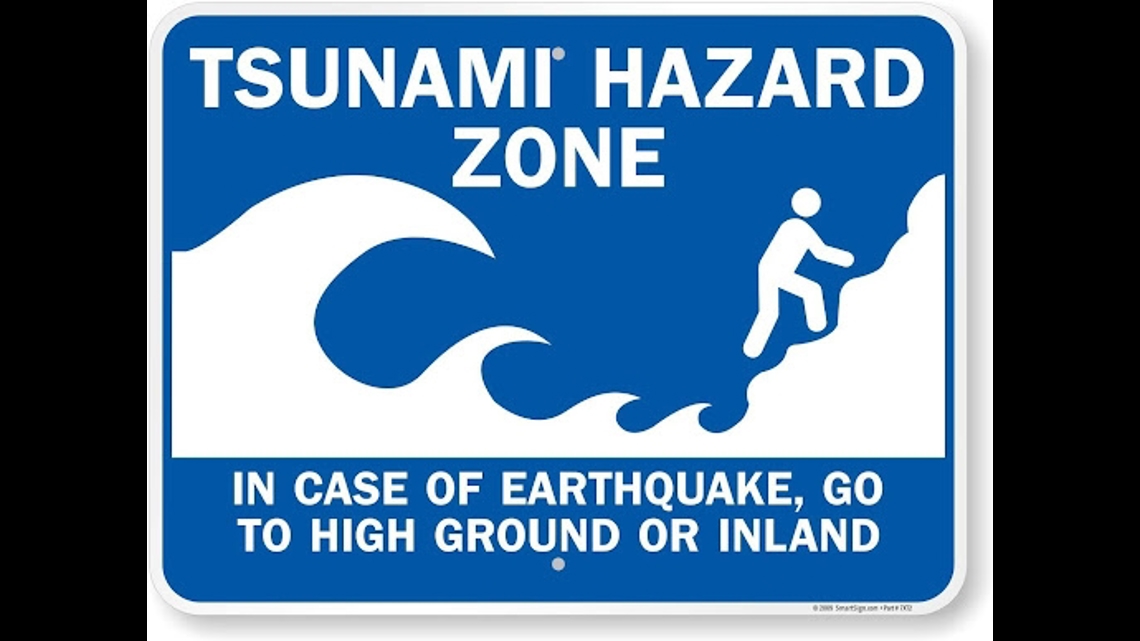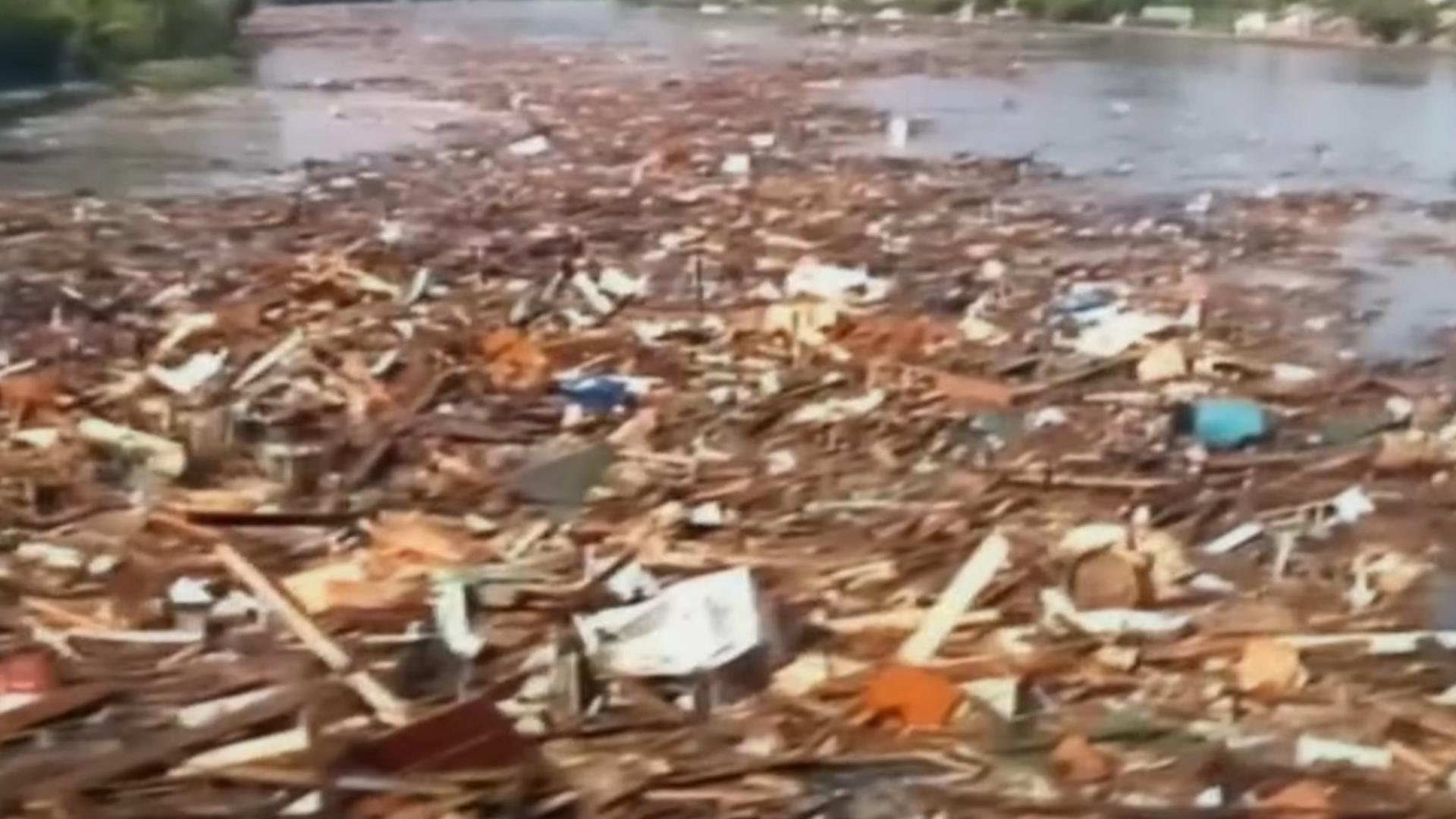SRI LANKA, — This December marks the 20th anniversary of the Boxing Day tsunami, one of the deadliest natural disasters in recorded history.
On Dec. 26, 2004, a 9.1 magnitude earthquake struck off the coast of Sumatra, Indonesia, triggering a series of massive waves that devastated coastal communities across 14 countries around the Indian Ocean. The disaster claimed more than 230,000 lives, displaced millions, and caused billions of dollars in damage.
To commemorate the event, National Geographic is releasing a documentary, Tsunami: A Race Against Time, on Sunday. The film revisits the disaster by tell the story from the point of view of those impacted by it.
Barry Hirshorn, a geophysicist who was working at the Pacific Tsunami Warning Center (PTWC) on that day, shared his reflections and insights in a recent interview. He noted the importance of education and preparedness, especially for coastal communities.
The Role of Awareness
"The most important thing, regardless of what the warning centers are doing with advanced technology, is the awareness of populations along the coast," Hirshorn explained. "Tsunamis are rare, which makes maintaining interest, funding, and staffing for warning centers challenging. But from a safety perspective, it's vital to keep the message alive in coastal areas."
Challenges on the Day of the Disaster
Hirshorn recounted the difficulties faced by the PTWC in 2004. At the time, the center primarily monitored the Pacific Ocean and lacked adequate tools to assess tsunamis in other regions.
"We were essentially flying blind," Hirshorn said. "The technology wasn’t where it is today. Our initial estimates of the earthquake’s magnitude were far below its actual size.... Each updated estimate revealed a logarithmically greater potential for destruction. By the time we realized the full scale, it was already too late for many communities."
Could It Happen in the Atlantic?
Tsunamis are less common in the Atlantic, but Hirshorn noted the importance of vigilance everywhere:
"The probability of a devastating tsunami on the First Coast [of the U.S.] is low," he said. "However, if you're near the coast and feel strong, prolonged shaking, take that as your tsunami warning. Once you've taken precautions for the earthquake, move inland immediately."
Hirshorn also pointed out that other risks, like increasingly severe storms and flooding, are more pressing concerns for many regions.


Advances Since 2004
The Boxing Day tsunami spurred global efforts to improve tsunami detection and response systems. Today, networks of seismic and oceanic sensors provide real-time data to warning centers worldwide. Public education campaigns and evacuation drills have also been implemented in many high-risk areas.
Yet, Hirshorn cautioned against complacency. "Preparedness is an ongoing effort," he said. "We’ve made tremendous progress, but the key is keeping people informed and ready to act."
As the world remembers the lives lost and the resilience of survivors, experts like Hirshorn hope the lessons of 2004 will continue to guide efforts to reduce the impact of future tsunamis.
For more on this historic event, Tsunami: A Race Against Time premieres Sunday on National Geographic.

